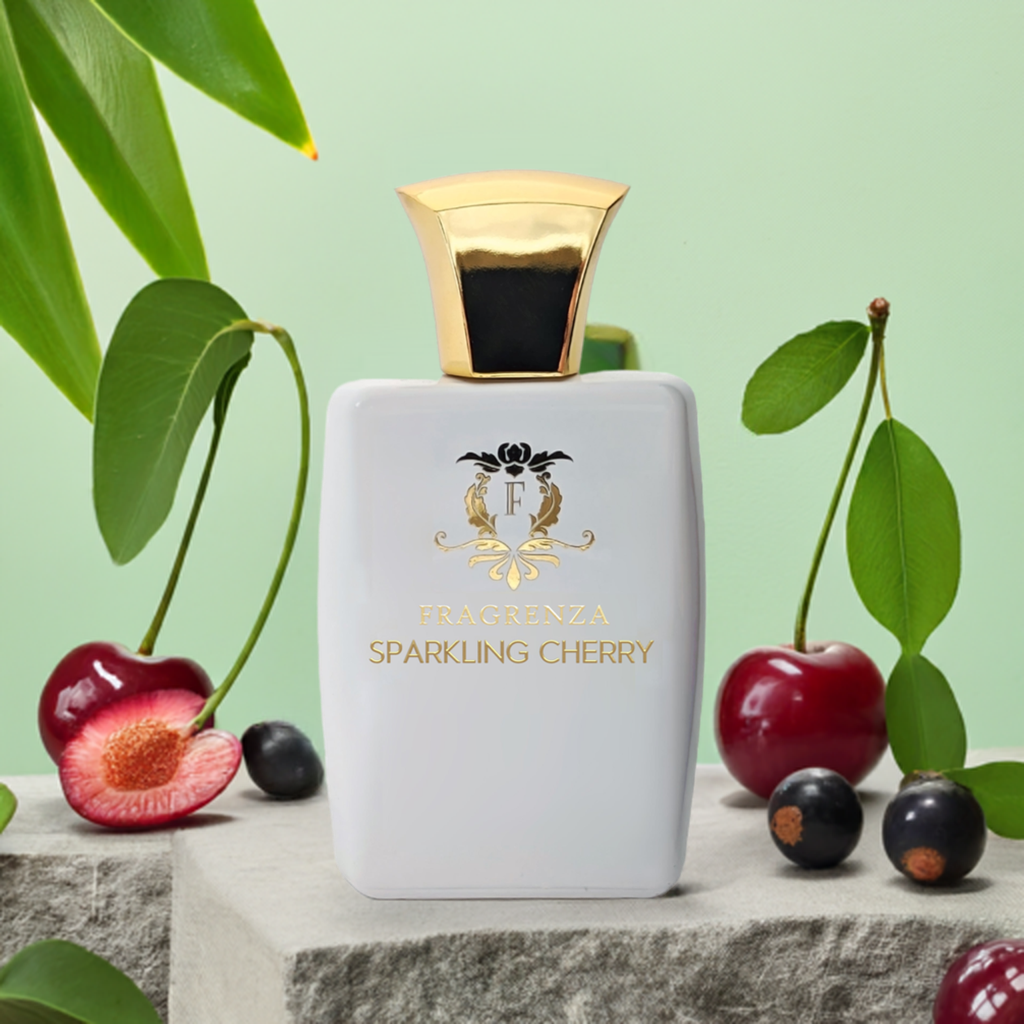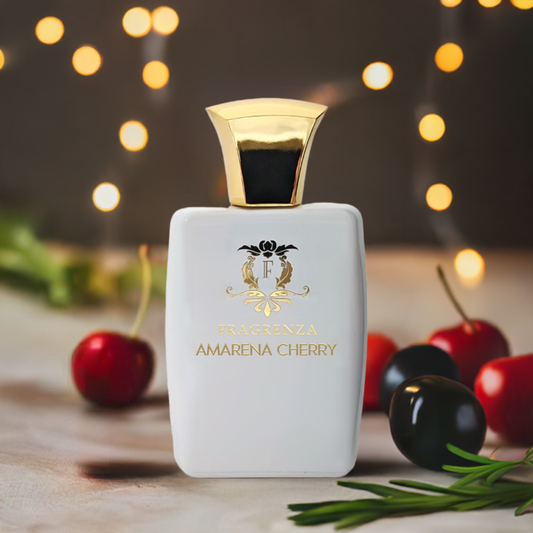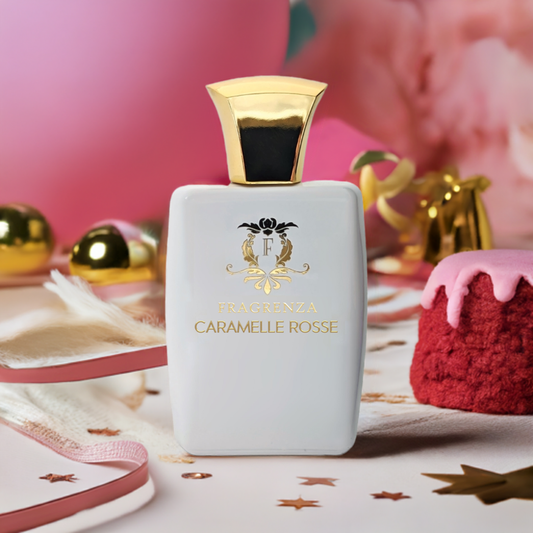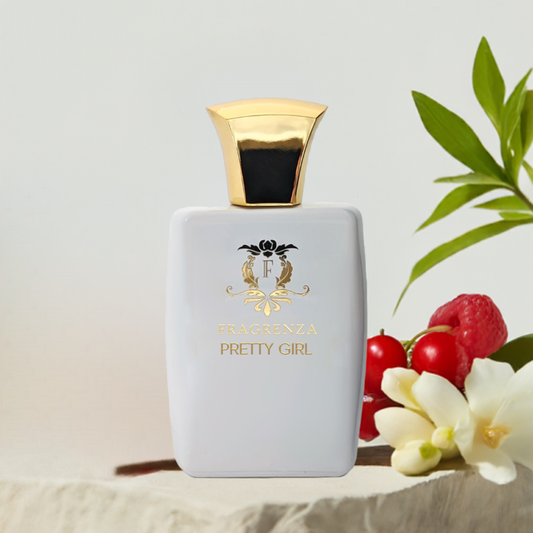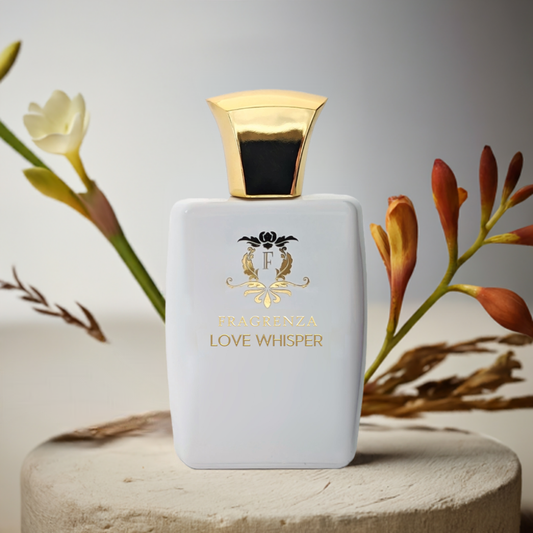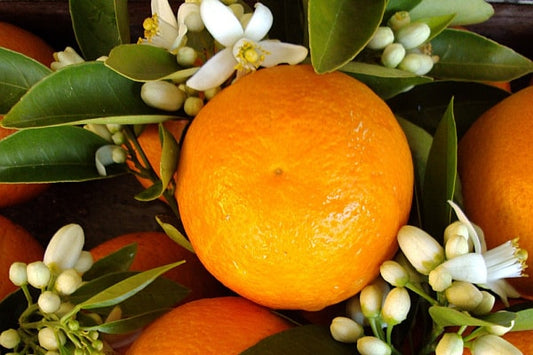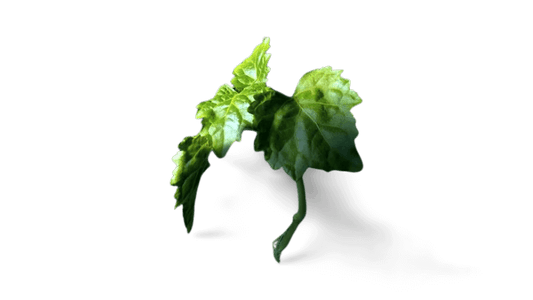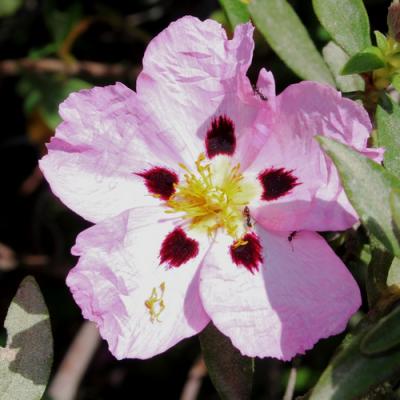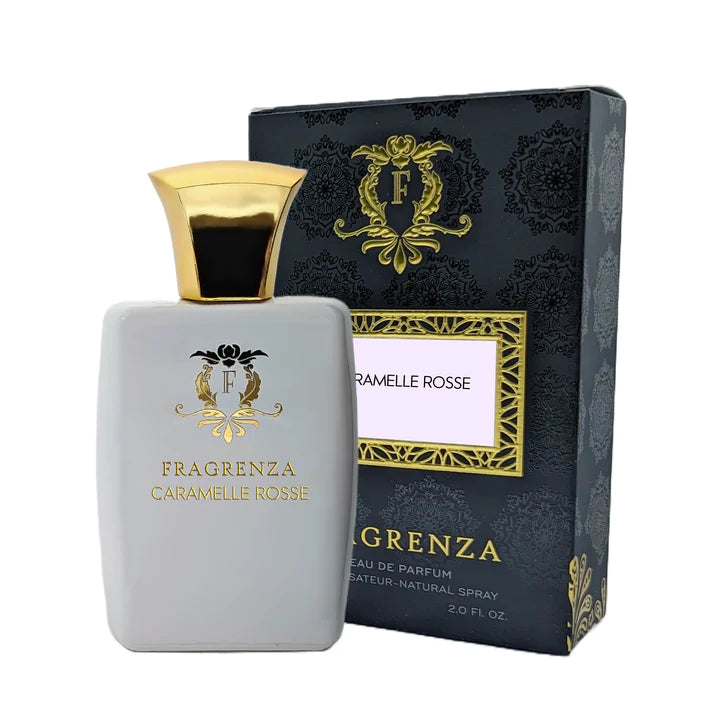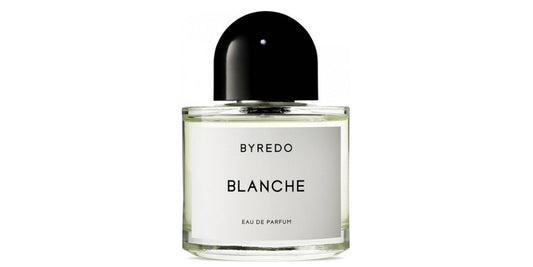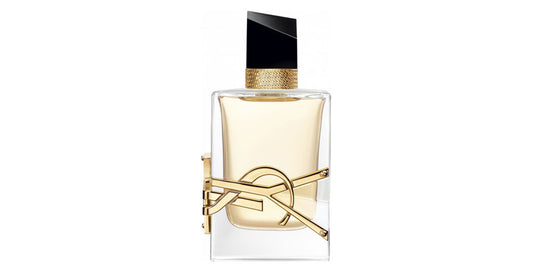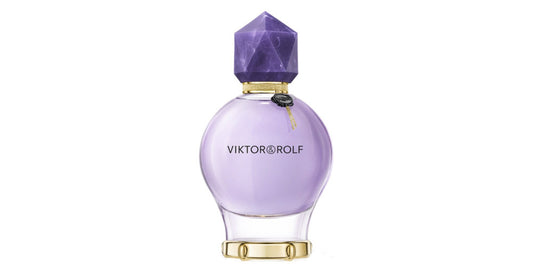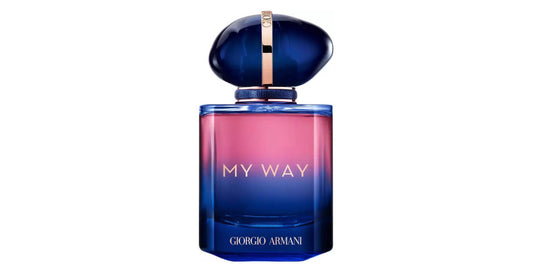Fig in perfumery

In This Article
The Ancient History of the Fig
The fig is regarded as one of the oldest cultivated fruits. A discovery from 2006 revealed that fig cultivation through human intervention and cuttings in Palestine dates back to 9400 BC. The fig also carries significant symbolism;while Christian tradition recognizes the apple as the fruit of the tree of knowledge, good, and evil, Jewish tradition attributes this role to the fig. In France, King Louis XIV was a passionate fig enthusiast and planted over 700 fig trees in his royal vegetable garden at the Court of Versailles.
Fig Production
The fig is not a true fruit but an inflorescence—a small sac containing thousands of tiny unisexual flowers. These flowers cannot be fertilized without external intervention since they are enclosed. However, it is this fleshy container that is valued for its flavor. Generally, figs are classified into three categories: green (or white), gray (or red), and black (or purple) figs. They all grow on fig trees, which thrive in dry soil and sunny latitudes, particularly around the Mediterranean basin. Figs can be consumed fresh or dried.
Figs in Perfumery
While the fig fruit has a delectable scent, its wood and leaves are also fragrant. However, as with many fruits, it is not possible to extract essential oil directly from the fig. Perfumers, as skilled chemists, recreate the fig scent in the laboratory using other essences. Generally, fig imparts a fruity and sunny touch to fragrances, with green and lactonic accents. It should not be confused with prickly pears, another fragrant and edible fruit that originates from a variety of cacti.
Figs feature prominently in many perfumes, such as Figue Iris by Guerlain, Figue Bère by Miller Harris, Figue de Vigne by Caudalie, Folie de Figue d'Esteban, and Fleur de Figuier by Roger &Gallet.
Fun Facts About Figs
- Figs are a significant source of dietary fiber, vitamins, and minerals, providing health benefits for digestion, heart health, and blood sugar levels.
- Fig trees have a unique pollination process that relies on a specialized fig wasp for fertilization.
- Ancient Greeks and Romans considered figs a symbol of fertility, knowledge, and wisdom.
- Figs have been featured in various mythologies, including the Greek myth of Demeter and the Roman myth of Romulus and Remus.
